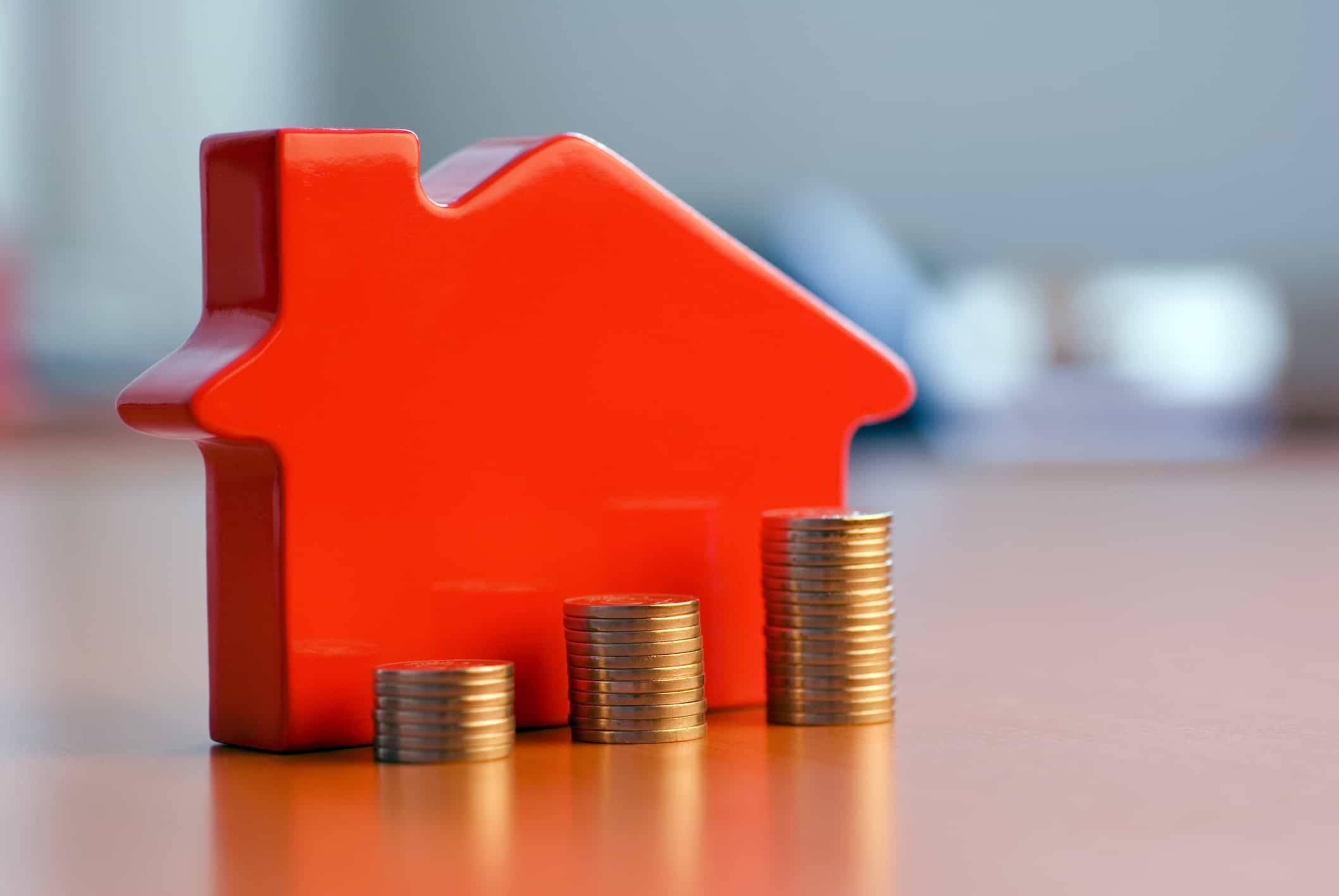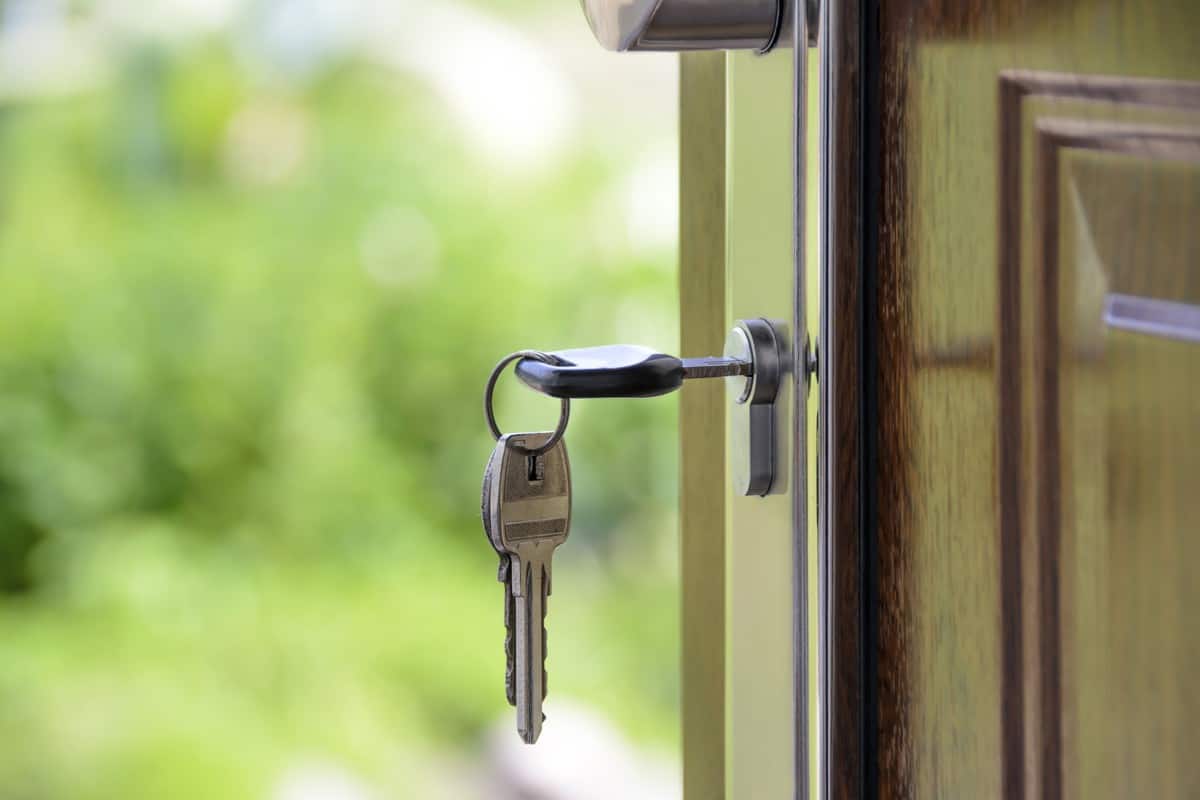If you are reading this right now, chances are that you are interested in purchasing a home, or maybe you already have a home and you had some questions pertaining to your current mortgage. We know that talking about mortgages, rates, and principals sounds like a different language, but we can help translate it into something that you can better understand, which will be for your own benefit.
First off, a mortgage is the type of loan you take out in order to buy your home and is comprised of four parts:
- Principal
The principal is the amount that you borrowed in order to purchase your dream home. If you don’t know how much money you should take out, it is in your best interest to borrow around 80% of the home value (or less if possible).
- Interest
Interest is extra money that is tacked onto your principal for the sole reason that you are borrowing money from your lender.
- Taxes
Taxes are the property taxes that the homeowner pays, which is based on the home value.
- Insurance
And lastly, it is mandatory to get homeowner’s insurance to cover your property and possibly everything in it. If you need to borrow more than 80% of the home value, it is definitely possible. You will, however, be required to get mortgage insurance, which will protect the lender just in case you are unable to pay the monthly payments and default on your mortgage loan.
The Importance of Interest Rates and Principal
Why is interest rate so important? The interest rate is the extra money you are essentially giving away in addition to the principal. Having the lowest rate possible ensures that you are keeping as much of your hard earned money as you can. Have you ever looked at your bank account and wondered where all your money went and it turns out you had multiple small transactions that added up to be a whole lot more than you had expected?
A Small Difference Can Mean a Lot
The difference in interest rates between a 15 and a 30 year fixed mortgage is a lot like that. To make things easier to understand, pretend that for a 15-Year fixed, your mortgage payment would be $1,000 a month and for a 30-year fixed your mortgage payment would be $700 a month. While the value of $1,000 is greater than $700, you are ultimately saving more money with the higher monthly payment because of the interest rate and because you are paying down the principal faster.
Concept Breakdown
$1,000 a month for 12 months equals $12,000. $12,000 multiplied by 15 (15 years) equals $180,000. If you apply the same math to the $700 monthly payment, the total amount that you would have paid back during 30 years is $252,000! That is a difference of over $70,000! While this example was purely to simplify the math, the same principal applies to how the two different types of mortgages work. The extra money that goes into a monthly mortgage payment for a 15-year mortgage is worth it, if it is something that you can afford.
Which Mortgage Is Right For Me?
Did you know that there is more than one type of mortgage? Most people do not know that. One product does not fit all, so it would make sense that there are different kinds of mortgages for different types of people living out different kinds of lifestyles.
30-Year Fixed
Benefits of a 30-Year Fixed Mortgage
The most popular mortgage is the standard 30-Year Fixed mortgage. About 90% of homeowners have this type of mortgage. A 30 year fixed mortgage is exactly what it sounds like: you have 30 years to pay off your mortgage and because the interest rate is “fixed”, it means that you do not have to worry about your interest rate going up or fluctuating. The rate you are given on the day you sign your mortgage, will be the same for the next 30 years, no matter what. Because your interest rate is fixed, you know what your monthly payment will be with no surprises and because the life of your loan is 30 years. A 30 year fixed mortgage typically comes with a lower monthly payment compared to a 15 year fixed loan. Further, for home buyers that can only afford a small down payment, a 30 year fixed-rate mortgage may be the best option from a qualification standpoint.
Cons of a 30-Year Fixed Mortgage
While the benefits seem sweet, there is a downside to having this type of a mortgage. Because the time frame to pay back the borrowed amount is 30 years, the lender will make you pay a higher interest rate because they see it as a risk. For example, the economy could take a huge shift over the next 30 years or it is possible that you could lose your job, or get sick, or get hit with a natural disaster which means that your finances would take a huge blow. It is a possibility that you would struggle temporarily to afford your monthly mortgage payments until you got back on your feet. In order to protect themselves, the lender gives a higher interest rate, and the end result is that the total cost of the 30 year mortgage is much more than double what the 15 year mortgage cost. A 30 year mortgage also does not enable you to build equity quickly with the lower monthly payments. Although this is the most popular type of mortgage, the only benefit that this mortgage provides is a lower monthly payment.
15-Year Fixed
Benefits of a 15-Year Fixed Mortgage:
If you are in a good financial place and you are able to comfortably afford a higher monthly payment, a great but less popular option is the 15-Year payment option. It is exactly like the 30-Year, but the main difference is that you have half the time to pay back the principal. While that does not sound ideal right off the bat, there are multiple benefits to a 15-Year that you cannot get from a 30-Year mortgage. One of the benefits of a 15-year mortgage is a lower interest rate. Because the bank knows they are going to get their money back faster, it is less of a risk to loan out the money, which means that you are saving thousands of dollars over the life of the loan! Typically, you will see that 15-year mortgage rates are about 0.50% – 0.75% lower than 30-year fixed mortgage rates, but this will vary based on current market conditions. With this, you will save in total interest as your mortgage interest is lower on a monthly basis.
In a 15-year mortgage, another benefit is that most of your monthly payment goes towards paying down the principal, whereas in a 30-year mortgage, most of your payments during the first 12 years of your mortgage go straight to interest payments. To put things in perspective, that means that after making monthly payments for 12 years in a 30-year mortgage, you have barely started paying off the actual principal. In addition to saving more money overall, you will also have paid off your home entirely in half the time, which means you can now pocket the money that you would have used toward your monthly payment for the next 15 years in conjunction with building home equity quicker.
Cons of a 15 year mortgage
Although the 15 year loan term has a lower interest rate, it also comes with a higher monthly mortgage payment since you have 15 fewer years to pay it off. You also may have trouble qualifying for a higher loan amount given the larger monthly payments you will need to pay. Further, many people only hold onto their house for 5-10 years, so you may not realize the full interest savings in the shorter term.
What If I Already Have a Mortgage?
If you already have a 30 Year mortgage term and are curious to see how a 15-year loan could benefit you, have no fear! You can certainly opt to refinance your loan into a 15-Year fixed. Yes, just because you signed up for a 30-year loan, it does not mean that it is mandatory that you see it out for the remaining 20 plus years. Life happens and with time, good things happen, too. If you find yourself getting a sizable promotion and a raise at work and you can now afford the higher monthly payment, you can certainly refinance your loan into a 15-Year fixed and pay off your home as quickly as you can, while reaping the overall savings.
Refinancing Your Mortgage
If you have a 15-year term or a 30-year fixed mortgage and you recently learned that rates are much lower now than when you took out your current mortgage, you are still able to refinance your loan and take advantage of the lower interest rate as well! If you decide that you want to have a lower payment, you could also refinance your current mortgage into another 30-year mortgage, which means that your remaining mortgage balance would be divided evenly over the course of 30 years. If you have been making payments faithfully for 10 years, it means that you have 20 years left on your mortgage. If you take 20 years’ worth of monthly payments and divide that by 30 years, you will ultimately have a lower monthly mortgage payment.
Another Option to Consider
If you are unable to afford the monthly payments on a 15 year home loan or don’t want to be locked into a shorter-term mortgage, you may want to consider simply paying larger monthly payments voluntarily on a 30 year mortgage or pay extra payments. This is good option if you are looking to pay down the principal balance quicker to knock off several years of your mortgage plus build equity quicker. This way, you can ultimately pay less interest over the life of the loan utilizing higher payments than necessary.
Every Scenario is Different: Do What Is Best for You
While this is essentially a topic directly related to personal finance, a mortgage is not just about the money; it represents your family, your home, and your livelihood. Even though there are multiple types of mortgages out there with a variety of benefits, be sure to pick the mortgage that best suits your needs whether your priority is about saving the most amount of money or being able to have a monthly payment that you can comfortably afford. Even if your needs were to change over time, you are still able to change your mortgage to better suit your new priorities. If there is a better financial opportunity out there, you have the freedom to pursue it. Use This Tool To Calculate Your New House Payment or check out our refinance mortgage calculator.



